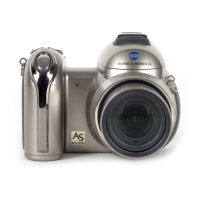
Do you have a question about the Konica Minolta DiMAGE Z6 and is the answer not in the manual?
| sensor_type | 2.5-type interline primary-color CCD |
|---|---|
| sensor_resolution | 6.0 million pixels |
| effective_pixels | 6.4 million pixels |
| iso_sensitivity | ISO 50, 100, 200, 320 |
|---|---|
| focus_modes | Auto, AF Singular, AF Continuo, Manual |
| focus_distance_wide | 0.6m - ∞ / 2.0 ft - ∞ |
| lens_construction | 3 elements in 10 groups |
|---|---|
| aperture_wide | f/2.8 |
| aperture_telephoto | f/4.5 |
| macro_focus_wide | 0.1 - 100cm / 0.3 - 3.3ft |
|---|---|
| macro_focus_telephoto | 1.2 - 2.5m / 3.9 - 8.2ft |
| super_macro_focus | up to 10.45mm, 35mm equivalent: 63mm |
| display_size | 2.0 inches |
|---|---|
| display_type | digital interface, color monitor |
| display_coverage | 100% (approx.) |
| memory_cards | SD and MultiMediaCards |
|---|---|
| image_formats | JPEG, Motion JPEG (mov) |
| compatibility | DCF 2.0, DPOF, Exif Print |
| battery_type | Four AA alkaline or rechargeable NiMH batteries |
|---|---|
| battery_life_recording | 240 frames with alkaline, 420 frames with 2500mAh Ni-MH |
| battery_life_playback | 300 min with alkaline, 400 min with 2500mAh Ni-MH |
| operating_temperature | 0° - 40°C / 32° - 104°F |
|---|---|
| humidity | 5 - 85% (non-condensing) |
| external_power | Optional AC-11 adapter |
| dimensions_metric | 108.5 (L) x 80 (A) x 84 (P) mm |
|---|---|
| dimensions_imperial | 4.27 (L) x 3.15 (A) x 3.31 (P) in |
| weight | 340g / 12.0 oz (without batteries or memory card) |
Crucial safety guidelines for battery handling, operation, and environmental factors.
How to attach the camera strap and lens cap securely.
Step-by-step guide for inserting batteries correctly into the camera.
Proper grip and posture for steady camera operation.
How to operate the camera's zoom lever for different focal lengths.
Using the auto-recording mode for effortless photography.
Fundamental steps for capturing images in basic recording mode.
Camera automatically optimizes settings based on subject.
How to lock focus on a subject for precise composition.
Understanding the minimum focus distances for wide-angle and telephoto.
Interpreting focus indicators on the monitor for successful focus.
Addressing challenges when the autofocus system cannot lock focus.
Selecting different flash modes like autoflash, red-eye, fill-flash, and slow sync.
The effective range of the built-in flash in auto mode.
How to interpret and address the camera-shake warning indicator.
Using the 'i+' button to cycle through display modes and information.
Personalizing screen brightness for optimal viewing.
Overview of specialized shooting modes for different subjects.
Viewing individual images and their luminance distribution (histogram).
Navigating through captured images and rotating vertical shots.
How to permanently erase unwanted images from the memory card.
Using the 'i+' button to switch between full display and image-only views.
Magnifying images for closer examination of details.
Understanding the icons and indicators on the camera's display.
Using Super Macro and standard macro for close-up photography.
Automated shooting mode balancing shutter speed and aperture.
Photographer sets aperture; camera sets shutter speed for correct exposure.
Photographer sets shutter speed; camera sets aperture for correct exposure.
Full control over shutter speed and aperture for precise exposure.
How the camera reduces image noise in low light or high ISO conditions.
Capturing video clips with sound using the camera.
Adjusting exposure to make images lighter or darker.
Choosing the specific point for autofocus to lock onto.
How to mount and use external flash units for enhanced lighting.
Guide to accessing and changing settings in the camera's menus.
Controlling the rate and method of image capture.
Using the self-timer for delayed shutter release and self-portraits.
Capturing rapid sequences of images by holding the shutter button.
Recording a series of images with a fixed buffer and saving the last ten.
Introduction to Konica Minolta's image management software.
Taking multiple shots with different exposures to capture best result.
Explanation of Exposure Value (Ev) and its impact on exposure.
Selecting resolution and compression levels for image files.
Automatically selecting digital subject programs for optimized shooting.
How the camera compensates for hand shake during shooting.
Control over autofocus and manual focus settings.
Using single-shot and continuous autofocus for sharp images.
Manually adjusting focus using the camera's controls.
Adjusting color balance to match lighting conditions accurately.
Camera automatically adjusts white balance for ambient light.
Using pre-defined settings for common lighting types.
Calibrating white balance to specific lighting for accurate color.
Continuous autofocus system that keeps subjects sharp.
Choosing between various flash modes for different shooting scenarios.
Adjusting flash intensity relative to ambient light.
Understanding multi-segment, center-weighted, and spot metering.
Setting ISO for light sensitivity and noise control.
Selecting color effects like Vivid, Black & White, and Sepia.
Modifying image contrast in three levels: low, normal, high.
Adjusting image sharpness in three levels: soft, normal, hard.
Assigning functions to customizable buttons for quick access.
Selecting movie recording frame rates (15 or 30 fps).
Understanding file sizes based on frame rate and memory card capacity.
Choosing between standard and night movie recording modes.
How to view recorded movie clips on the camera.
Saving a single frame from a movie clip as a still image.
Guide to accessing and changing settings in the playback menu.
Interface for selecting multiple images for operations like deletion or copying.
Procedures for deleting single, multiple, or all image files.
Erasing all data from a memory card to prepare it for use.
Protecting images from accidental deletion by locking them.
Cutting unwanted sections from recorded movie clips.
Copying files to other cards or creating smaller e-mail versions.
Automatically displaying captured images and movie clips.
Understanding Digital Print Order Format for direct printing.
Creating print orders for specific images or all images on the card.
Printing the date of capture directly onto images.
Creating a contact sheet of all images on the memory card.
How to access the camera's main setup options.
Guide to moving through and selecting options in the setup menu.
Adjusting screen brightness for optimal viewing.
Configuring automatic shutdown periods to conserve battery.
How captured images are displayed immediately after shooting.
Information on using optional lens accessories with the camera.
Changing the camera's menu language.
Managing file numbering sequences when creating new folders or cards.
Understanding how image folders are named and organized.
Setting the camera's clock, calendar, and date format.
Enabling direct printing of the capture date onto images.
Restoring all camera functions and settings to factory defaults.
Configuring beep sounds for button presses and operations.
Managing audio confirmation for autofocus status.
Customizing the camera's shutter sound.
Adjusting the volume for camera signals and sounds.
Selecting between NTSC and PAL for television output.
Choosing between data storage or PictBridge for image transfer.
Extending telephoto reach with digital magnification.
Setting the delay duration for the self-timer.
Hardware and OS compatibility for connecting to a computer.
Step-by-step guide for establishing a USB connection.
Specific instructions for connecting to older Windows versions.
How the driver and software install automatically.
Installing drivers and software manually if auto-install fails.
Understanding how images are stored in folders on the card.
Power management when connected to computer/printer.
Proper procedures for removing the camera from a computer.
Procedures for swapping cards while connected to PC.
Software requirements for playing movie files.
Steps to remove camera drivers from Windows.
Troubleshooting common printing errors and issues.
Tips for confirming printer and camera settings before printing.
Accessing and controlling print settings via the camera menu.
Printing multiple images from the memory card at once.
Creating a contact sheet of all images for overview.
Choosing the correct paper size for prints.
Setting print layout, including borderless and images per page.
Selecting print quality (e.g., fine) for output.
Including date and filename information on prints.
Configuring DPOF for direct printing via PictBridge.
Solutions for common camera problems and issues.
Best practices for maintaining and storing the camera.
Proper handling and protection of the camera body and components.
Guidelines for storing the camera during periods of disuse.
Methods for cleaning the camera exterior and lens surface.
How to clean and protect the camera's LCD screen.
Tips for battery performance and replacement.
Legal information regarding image and content reproduction.
Important considerations for using and handling memory cards.
Recommended environmental conditions for camera operation.
Preparations and checks before critical use or travel.
Where to get help and support for camera issues.
Compliance information specific to European Union member states.
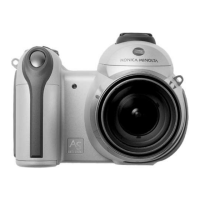
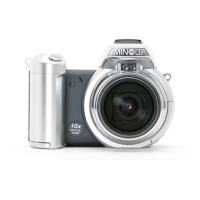
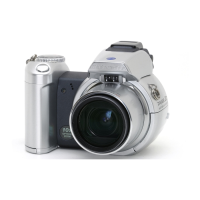
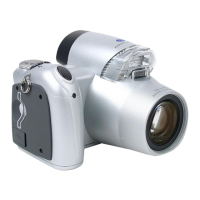
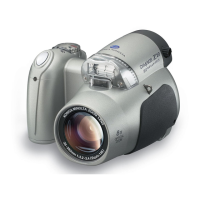
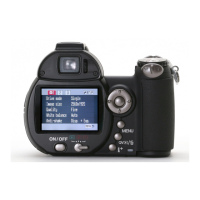
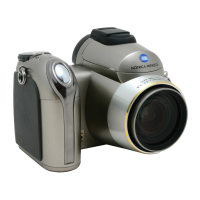
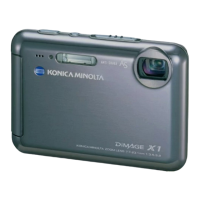
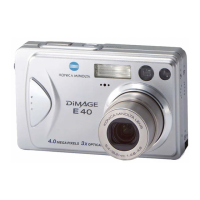

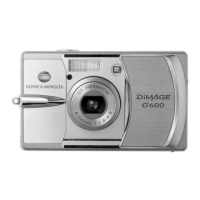
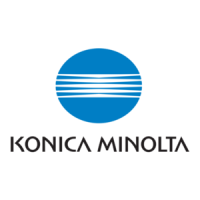
